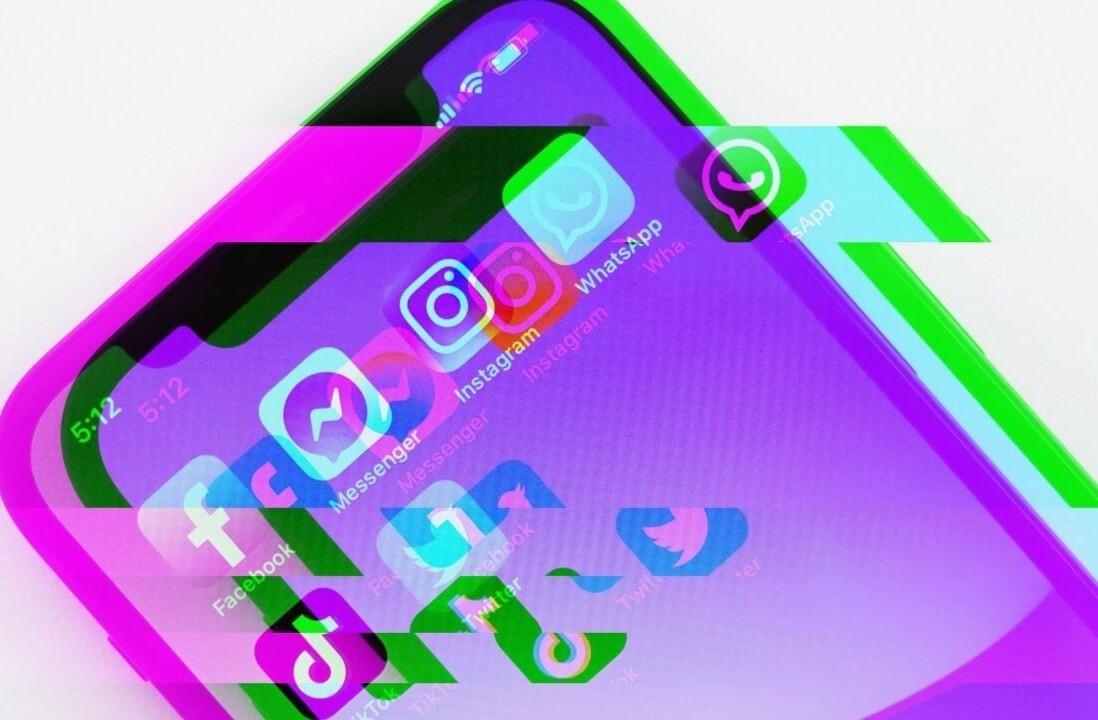

While the use of mobile bar codes has been mainstream in Asian countries like Japan, it is not until last year that we’ve witnessed their adoption in U.S. and Europe by brands in order to provide holistic experiences to their customers, blurring the line between the online and the offline world. According to a research report by 3GVision, the U.S. is leading the way in mobile bar code usage’s global growth -outside of Japan- in absolute numbers, followed closely by Hong King, Canada and Germany.
The impressive growth of mobile bar codes in 2010 is also evident in the recent ScanLife Mobile Bar Code Trend Report according to which consumers used mobile bar code scanning with 1,600% growth, mostly to find coupons, prices and nutritional information.
Brands, agencies and traditional media have been using mobile bar codes as coupons and as effective means of passing product information in-store, bringing static ads to life and engaging with customers through contests or loyalty reward systems. There is a long list of brands experimenting with mobile codes, but there is also a list of challenges they have to face in order to interact with customers in innovative and effective ways:
Visual Search: Two of the main issues with scanning mobile codes is that brands need to put the effort to incorporate codes on products or place them in-store and secondly customers need to put the effort to scan the code with their smartphones. Visual search though, by providing information merely by pointing your camera at any object, makes the process easier, especially for the retailers. Brands can easily control the information that will pop up in the customer’s mobile through codes, but on the other hand visual search already has a very strong supporter: Google’s Google Goggles. Looks like 2011 could be a year of determining the balance between these two technologies.
Too Many Forms: There are many forms of mobile codes like QR codes, 2d, 3d barcodes, Microsoft tag, and correspondingly a myriad of mobile bar code readers. This can prove confusing to the consumer who may need to use more than one reader in the day, while shopping, reading magazines or watching TV. In order to make mobile codes truly mainstream a standard needs to be set, to simplify the scanning process.
Looking Pretty: Great design is very important especially to brands in the fashion and entertainment industry and codes so far just don’t cut it. In order for them to become an integral part of products, codes need to be redesigned to become more pleasing to the eyes. There has already been some effort to “sex up” codes, for instance by HBO that used a designer QR code ad for the promotion of the True Blood series. As codes become part of a brand’s ID, code designing will be of growing importance.
Coupon Madness: Mobile coupons have been one of the most, if not the most, popular uses of codes, making it dangerous for brands and consumers to identify this technology with discounts, leading to scanning fatigue. The coupon fever ran high in 2010, but no matter how deep the recession is, people will always need extra incentives to complete a transaction and build a deeper connection to a product or brand. Codes should rise above coupons and retailers need to associate them with practical information for the consumers and create uses that make the shopping experience more fun and convenient with personalized content through social media integration.
Mobile Payments: Scan-to-pay could become the most widely spread use of mobile codes, especially for small day-to-day purchases. This could help brands take an easier cut of the virtual sales world, as well as gain insight into consumer behavior.
How do you see the future of mobile codes and how useful have you found them so far in your every day life?
Get the TNW newsletter
Get the most important tech news in your inbox each week.





